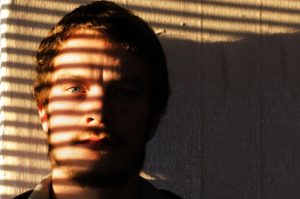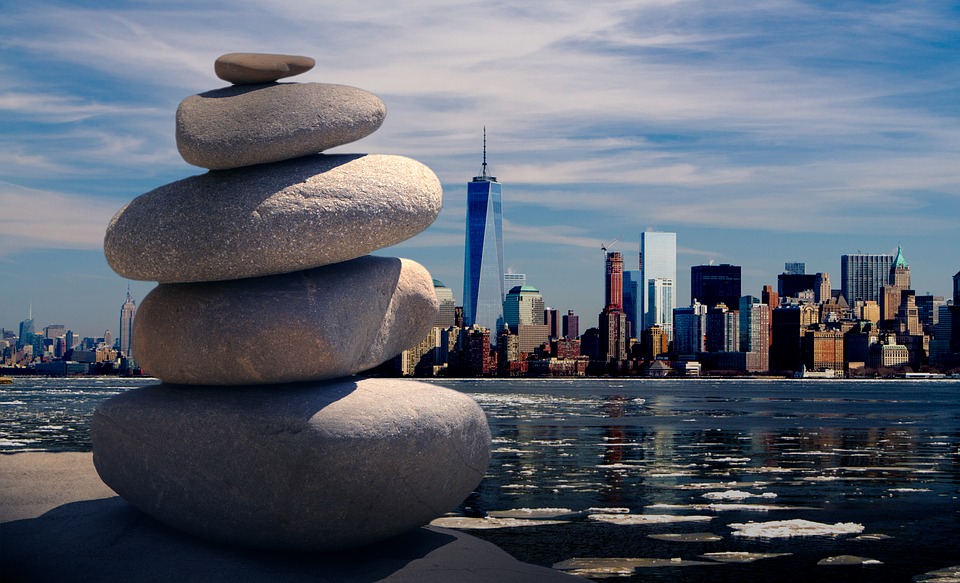Buddhism has come to the west in the minds and hearts of adventurers and truth-seekers. Some were women who ignored the mores and restrictions of their times to follow their own spiritual path. They opened up the teachings of the Buddha to others as a result of their courage and faith. Their history begins in the early part of the 20th century and continues into the 21st and shows no sign of stopping there.
 In 1910 Madame Alexandra David-Neel (1868-1969) first journeyed from France to the Far East. Sent by the French Ministry of Education she was to research the cultures of Burma and India. Curious about Tibet she succeeded in getting an audience with Pope-king. The Dalai Lama and his court were resplendent in silken yellow, rough red cloth, and golden twists of brocade. She made allowances for exaggeration in their descriptions of their land deep within the mountains and still, she felt the overwhelming draw to see it with her own eyes. Madame David-Neel walked on Tibetan soil for the first time in 1912. It changed her life and her faith.
In 1910 Madame Alexandra David-Neel (1868-1969) first journeyed from France to the Far East. Sent by the French Ministry of Education she was to research the cultures of Burma and India. Curious about Tibet she succeeded in getting an audience with Pope-king. The Dalai Lama and his court were resplendent in silken yellow, rough red cloth, and golden twists of brocade. She made allowances for exaggeration in their descriptions of their land deep within the mountains and still, she felt the overwhelming draw to see it with her own eyes. Madame David-Neel walked on Tibetan soil for the first time in 1912. It changed her life and her faith.
Later the 13th Dalai Lama revealed his reason for agreeing to meet with the Frenchwoman. He was convinced she was the reincarnation of a much-revered Tibetan holy woman, Dorje Phagma or Thunderbolt Cow.
Among the dozens of books she wrote about her travels in and around Tibet it was My Journey to Lhasa’ (1927) that chronicled her walk from the border of China to Lhasa. Madame David-Neel began her trek at the age of 55 when travelers half her age could not have endured the journey. Disguised as a pilgrim she learned the truth of the Tibetan land and its people, then offered it to the rest of the world.
Diane Perry’s path began as a disaffected teenager in London when she found Buddhism.
She traveled to India in 1964. She found a Buddhism whose teachings were compelling, but whose treatment of women was limiting. Her guru, Khamtrul Rinpoche named her Tenzin Palmo and made her the first Western woman to be ordained as a Buddhist nun. In a secluded mountain cave, she meditated for twelve years, for three years not seeing another person. She wrote about her experience in Reflections On A Mountain Lake’. She founded the Dongyu Gatsal Ling Nunnery in 1993 to give Buddhists nuns the same access to higher teachings and retreats as their male counterparts. She remains an active advocate of Buddhism around the world.
Dreaming Me’ is the memoir of Jan Willis.
She chose the path of Buddhism over the violence of racism in 1969. Growing up in a small Alabama town in the segregated South pushed her toward combating hatred with more hatred. A chance meeting with Lama Thubten Yeshe at Cornell University revealed a different way, fight hatred with compassion. She learned to heal the psychological wounds of her youth. Professor Willis is the first African-American scholar-practitioner of Tibetan Buddhism in America. Through her books and classes, she passes along the valuable lessons that Buddhism imparted to her.
These are just three of the women whose personal journeys helped plant the positive seeds of Buddhism in the West. Their discoveries and disseminations offer a unique insight into Buddhist teachings and culture.





